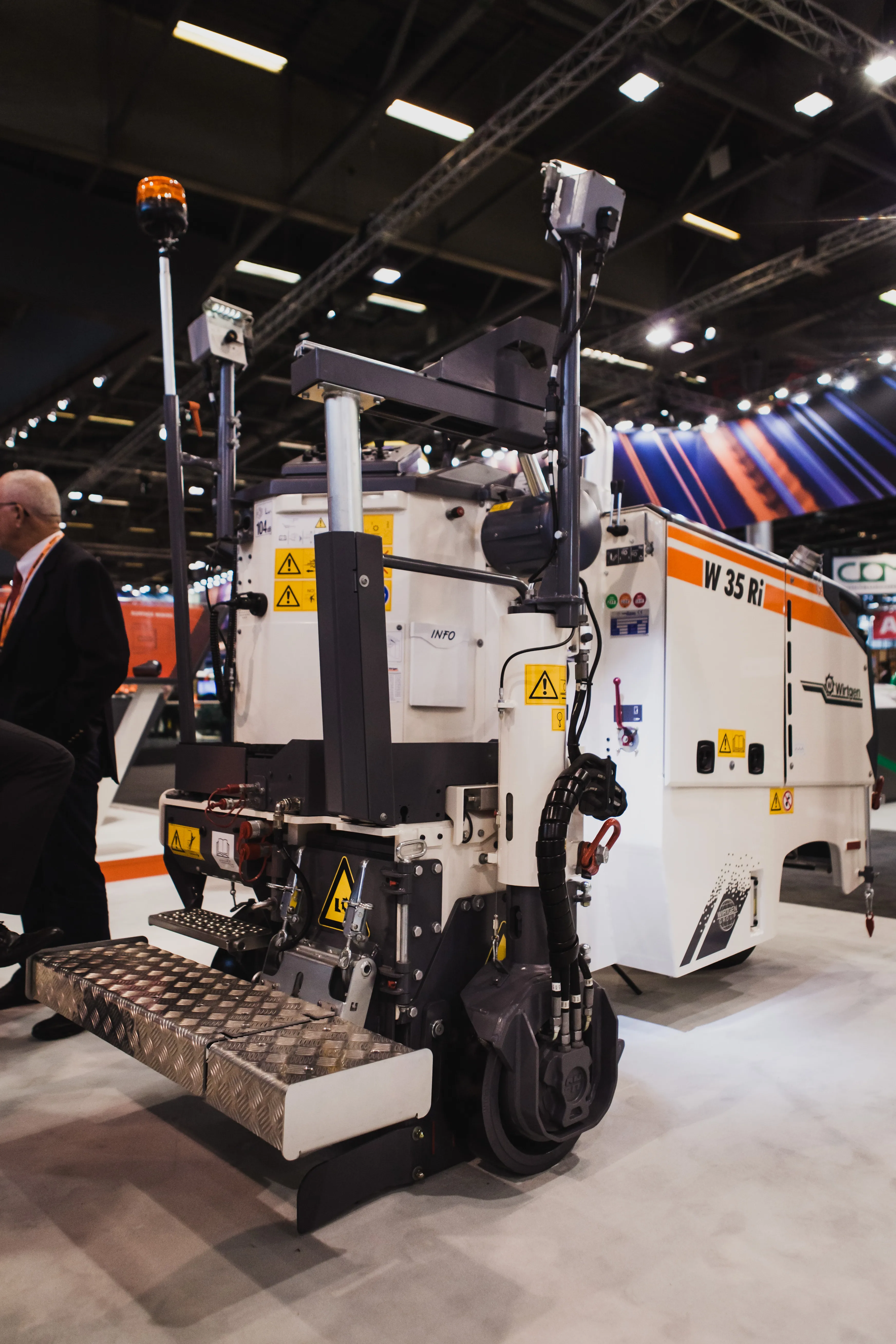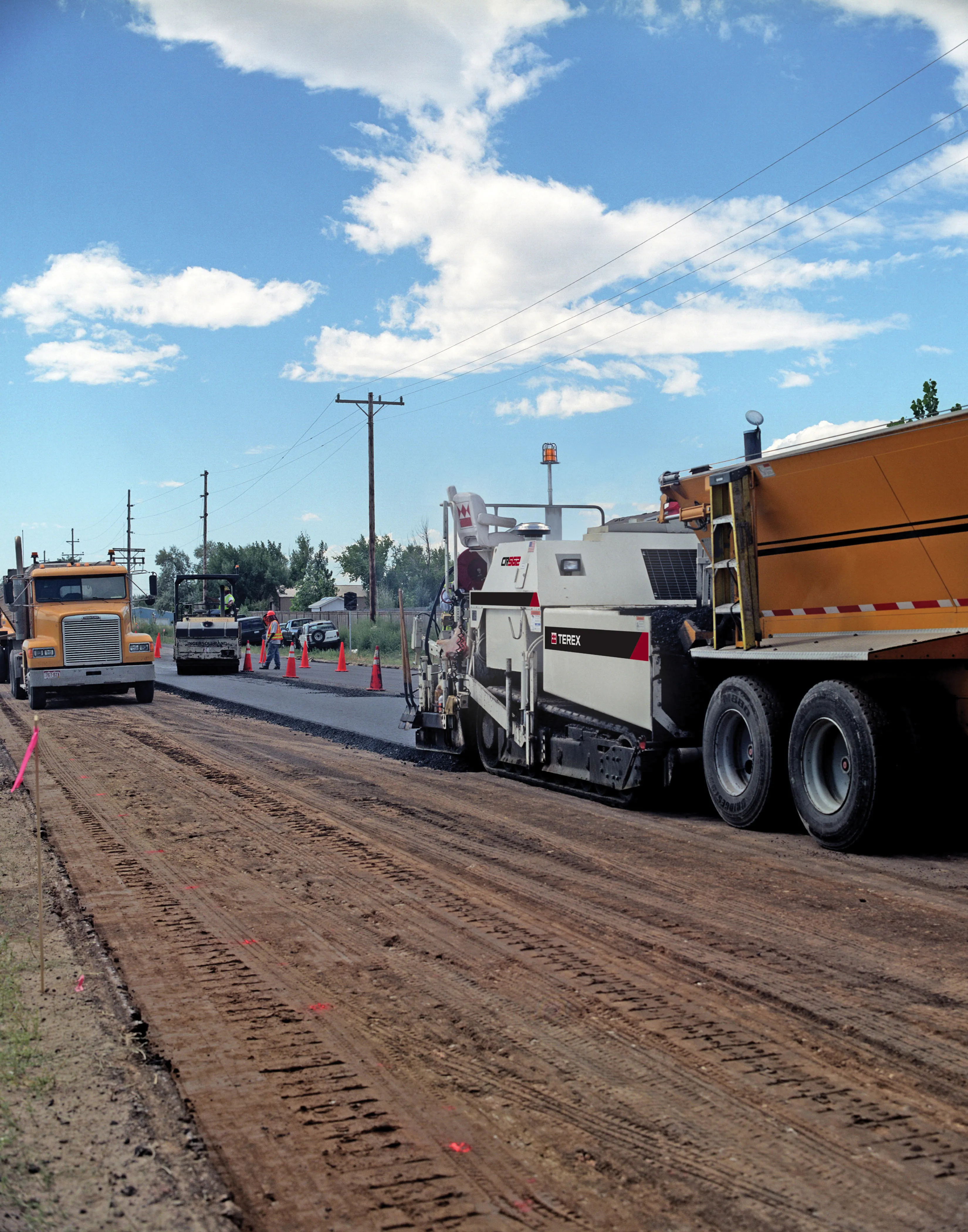UK hire company MAC Surfacing has purchased its second Wirtgen W210i large milling machine following significant demand for heavy-duty 2m planers from its customer base.
MAC Surfacing, based in the Midlands of England, offers an extensive fleet of pavers and planers plus a full range of ancillary surfacing plant including: rollers, sweepers and JCB 3CX Compact Streetmasters. It also provides skilled labour - from drivers and screwmen to project teams - ranging from two-man preparation crews through to ei
October 24, 2016
Read time: 2 mins

UK hire company MAC Surfacing has purchased its second 2395 Wirtgen W210i large milling machine following significant demand for heavy-duty 2m planers from its customer base.
MAC Surfacing, based in the Midlands of England, offers an extensive fleet of pavers and planers plus a full range of ancillary surfacing plant including: rollers, sweepers and255 JCB 3CX Compact Streetmasters. It also provides skilled labour - from drivers and screwmen to project teams - ranging from two-man preparation crews through to eight-man machine gangs.
The new Wirtgen W210i follows the purchase just six months ago of the company’s first W210i model.
“Purchasing the first 210i model was a major step for us - into a previously untested market,” said MAC Surfacing director Marc Copson. “It has proved extremely popular with medium and large contractors working on major carriageway work. This larger, heavy duty equipment is a natural extension to our fleet.”
Weighing in at 29,150kg, and with a maximum engine power of 537kW, courtesy of two US Tier 4f/EC Stage 4 compliant196 Cummins engines, the Wirtgen 210i strikes the balance between optimum milling performance and low fuel consumption. The new MAC models can plane depths from 0-330mm and at speeds of 0-85m/min.
Features include a Parallel-to-Surface alignment system, Intelligent Speed Control for improved traction and the innovative Dual Engine Concept. This system in the planer sector accurately matches engine output to the requirements of each job to minimise fuel consumption and subsequent operating costs for contractors.
Wirtgen machines also have adopted the Vacuum Cutting System which reduces the amount of airborne particles produced by the milling process – improving visibility while protecting the machine’s engine and operator.
MAC Surfacing, based in the Midlands of England, offers an extensive fleet of pavers and planers plus a full range of ancillary surfacing plant including: rollers, sweepers and
The new Wirtgen W210i follows the purchase just six months ago of the company’s first W210i model.
“Purchasing the first 210i model was a major step for us - into a previously untested market,” said MAC Surfacing director Marc Copson. “It has proved extremely popular with medium and large contractors working on major carriageway work. This larger, heavy duty equipment is a natural extension to our fleet.”
Weighing in at 29,150kg, and with a maximum engine power of 537kW, courtesy of two US Tier 4f/EC Stage 4 compliant
Features include a Parallel-to-Surface alignment system, Intelligent Speed Control for improved traction and the innovative Dual Engine Concept. This system in the planer sector accurately matches engine output to the requirements of each job to minimise fuel consumption and subsequent operating costs for contractors.
Wirtgen machines also have adopted the Vacuum Cutting System which reduces the amount of airborne particles produced by the milling process – improving visibility while protecting the machine’s engine and operator.









